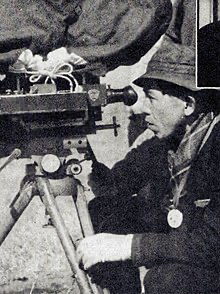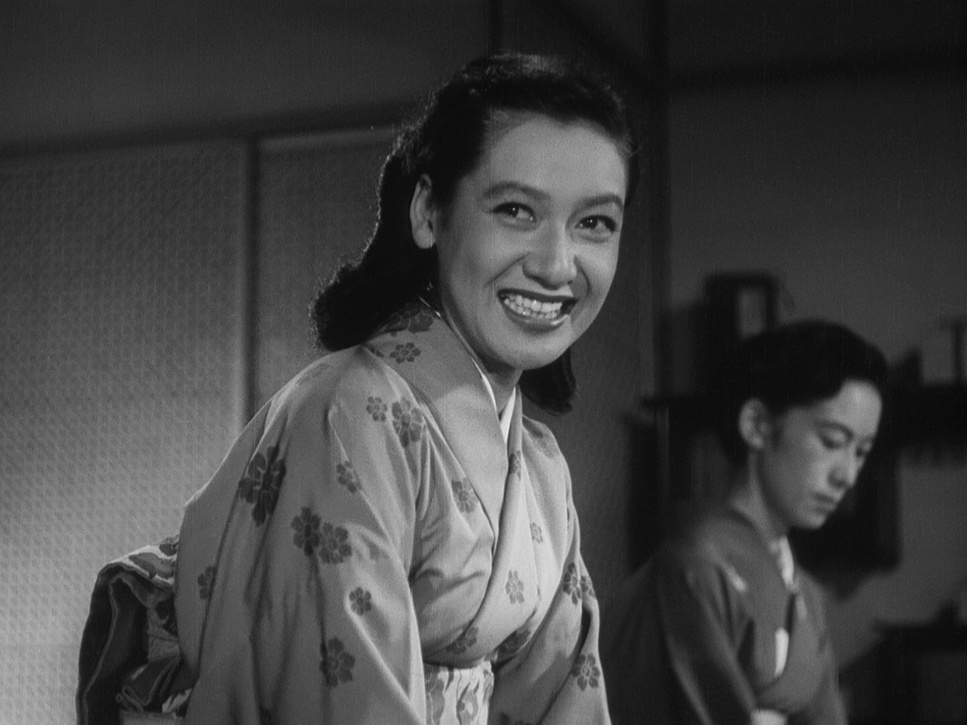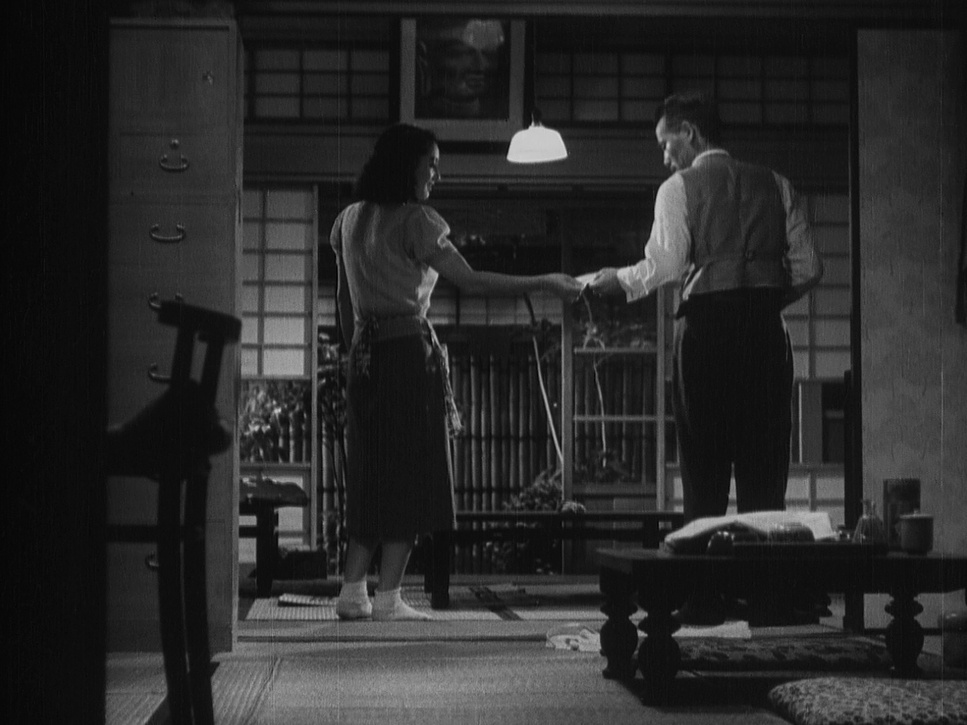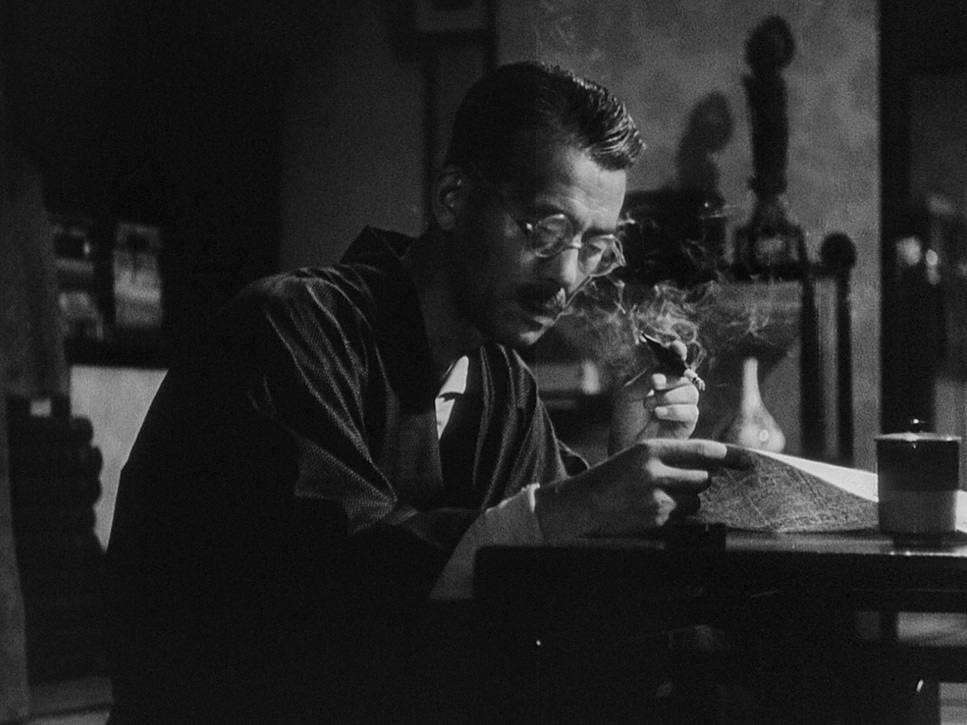I am Salik Waquas, a passionate filmmaker and full-time professional film colorist. My journey in visual storytelling began with a fascination for how colors and compositions evoke emotions. I own a post-production suite, Color Culture, where I work with filmmakers to refine their visions through color grading. Writing about the cinematography of Late Spring feels like a natural extension of my professional and personal journey—a way to share my admiration for Yūharu Atsuta’s artistry and the visual language he crafted alongside Yasujirō Ozu.
Cinematography Analysis Of Late Spring
The 1949 masterpiece Late Spring, directed by Yasujirō Ozu, holds a revered place in cinema history, celebrated for its delicate narrative and evocative visual storytelling. As a filmmaker and professional colorist, I’ve always been intrigued by the subtle yet impactful cinematography of this film. Through my exploration—drawing insights from YouTube analyses, Reddit discussions, and my professional experience—I’ve come to appreciate the intricacies of Yūharu Atsuta’s cinematographic approach. This article unpacks my observations, blending research and personal reflections while delving into elements such as composition, lighting, and lensing.
About the Cinematographer

The visual brilliance of Late Spring owes much to Yūharu Atsuta, a long-time collaborator of Ozu and one of Japan’s most influential cinematographers. Atsuta’s work is characterized by its minimalism and emotional depth, perfectly complementing Ozu’s restrained storytelling style. Over their decades-long partnership, Atsuta helped refine Ozu’s signature techniques, such as the “tatami shot”—low-angle compositions replicating the perspective of someone seated on a tatami mat. This perspective does more than set the stage; it immerses the viewer in the intimate, domestic spaces of the characters, making their struggles and joys feel deeply personal.
For me, what sets Atsuta apart is his ability to craft visuals that resonate on an emotional level without unnecessary embellishments. His mastery lies in simplicity—a quality that modern filmmakers, myself included, can learn from.
Inspiration for the Cinematography of Late Spring

The visual style of Late Spring is deeply rooted in traditional Japanese aesthetics. Atsuta’s framing reflects the principles of wabi-sabi (embracing imperfection) and ma (the meaningful use of negative space). These influences are evident in the film’s symmetrical compositions, understated lighting, and contemplative pacing.
Ozu and Atsuta also drew inspiration from Japanese art forms like ikebana (flower arranging) and calligraphy. The serene, balanced compositions of the film evoke the careful harmony of a perfectly arranged flower or the graceful brushstrokes of calligraphy. These artistic traditions emphasize simplicity and depth, values that permeate every frame of Late Spring.
In my work, I find parallels in the process of color grading. Just as Ozu and Atsuta intentionally left room for interpretation through their compositions, I often strive to leave subtle visual cues that allow the audience to emotionally connect without being overwhelmed by color or effects.
Camera Movements Used in Late Spring

One of the most striking aspects of Late Spring is its restrained use of camera movement. Ozu and Atsuta employ static shots for the majority of the film, encouraging viewers to focus on the nuanced performances of the actors and the subtleties of their interactions. When the camera does move—such as a slow pan or a gentle dolly—it serves a deliberate purpose, guiding attention to key emotional beats or spatial relationships.
For example, a slight pan following Noriko’s movement across a room not only emphasizes her physical isolation but also reflects her internal conflict. This restrained approach creates a meditative quality that aligns with the film’s themes of duty, family, and the inevitability of change.
In my analysis, this minimalism has taught me the importance of intentionality. Camera movements, when used sparingly and with purpose, can amplify emotion without drawing attention to themselves.
Compositions in Late Spring
Every frame of Late Spring feels like a carefully composed painting. Atsuta’s use of symmetry and depth creates a visual harmony that reflects the characters’ desire for order amidst emotional chaos. Architectural elements like shoji screens, wooden beams, and furniture are often used to frame the characters, symbolizing societal constraints and personal boundaries.
One of my favorite aspects of the film is its use of negative space. Noriko, played by the radiant Setsuko Hara, is frequently isolated in the frame, surrounded by empty spaces that echo her emotional solitude. This approach is deeply rooted in Japanese aesthetics, where the “emptiness” of a space holds as much meaning as its content.
As a colorist, I often think of negative space in terms of tonal balance. By allowing certain areas of the frame to remain understated, the eye is naturally drawn to what matters most—be it a character’s expression or a pivotal interaction.
Lighting Style of Late Spring

The lighting in Late Spring is a masterclass in naturalism. Atsuta employs soft, diffused light to create an organic, understated atmosphere. Interior scenes glow with a warm, almost ethereal quality, as if lit by paper lanterns or filtered sunlight. Shadows are subtle and never overpowering, blending seamlessly into the overall composition.
This naturalistic lighting mirrors the film’s themes of simplicity and authenticity. It’s as if the light itself respects the emotional depth of the characters, never intruding or drawing attention away from their performances. For me, this understated lighting style is a reminder that sometimes, the best approach is to let the subject speak for itself.
Lensing and Blocking of Late Spring

The lensing in Late Spring enhances its intimate, grounded tone. Atsuta often used fixed focal lengths, creating a natural perspective that feels neither too distant nor intrusive. This choice fosters a sense of proximity, as if the viewer is sitting in the same room as the characters.
Blocking, too, is deliberate and meaningful. Characters are often placed in ways that emphasize their emotional dynamics. For instance, Noriko and her father are frequently shown in separate planes, highlighting the growing emotional distance between them as societal pressures push them apart. Physical barriers like sliding doors and screens further underscore the emotional barriers in their relationship.
These visual techniques resonate deeply with me. In my work, I often use spatial relationships and lens choices to subtly guide the viewer’s emotions, much like Ozu and Atsuta did with their meticulous blocking.
Color of Late Spring

Although Late Spring is a black-and-white film, its cinematography conveys a rich sense of color through texture, contrast, and composition. The tonal range is exquisite, capturing the textures of traditional Japanese architecture, clothing, and nature with remarkable clarity.
The absence of color, far from being a limitation, becomes a strength. By focusing on light and shadow, Atsuta creates a visual language that feels timeless and universally resonant. As someone who works extensively with color, this grayscale palette reminds me that the essence of a frame lies not in its hues but in its ability to evoke emotion and meaning.
Technical Aspects of Late Spring
From a technical perspective, Late Spring exemplifies precision and craftsmanship. The film’s seamless editing maintains a gentle rhythm, while Ozu’s use of “pillow shots”—transitional images of nature or everyday objects—provides contemplative pauses for the audience.
The sound design, understated and naturalistic, complements the visuals perfectly. Ambient sounds and a subtle musical score enhance the film’s immersive quality without overwhelming it. Even the choice to shoot in black and white, despite the advent of color film, underscores Ozu’s commitment to simplicity and timelessness.
Personal Reflections
Watching Late Spring is a humbling experience as a filmmaker and colorist. Its restrained approach challenges me to reevaluate my reliance on elaborate techniques and effects. The film is a testament to the power of simplicity—a reminder that the most profound emotions can be conveyed through subtle, intentional choices.
As I delve deeper into the art of color grading and cinematography, I find myself increasingly inspired by Atsuta’s work. His ability to create emotional resonance through light, composition, and movement is a benchmark I strive to emulate.
- Also Read: CINEMATOGRAPHY ANALYSIS OF ANDREI RUBLEV
- Also Read: CINEMATOGRAPHY ANALYSIS OF RAN (IN DEPTH)